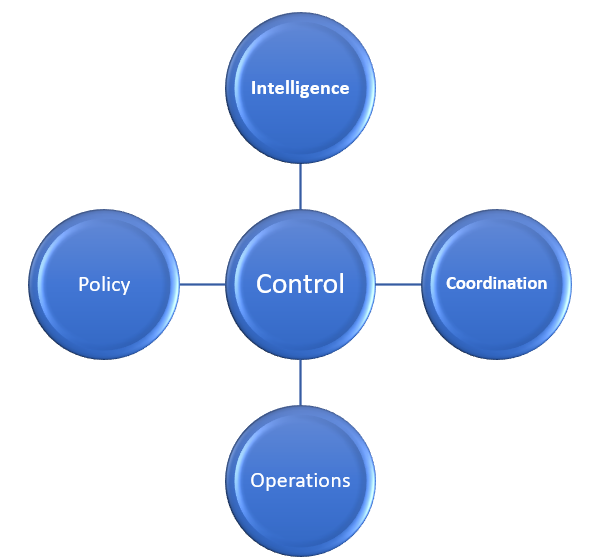
Anatomy of a Viable System:
The Viable Systems Model (VSM) provides a lens through which we can understand the internal structures and functions essential for the viability of your business. Explore the five subsystems within the VSM, each serving a specific role in maintaining the adaptability, resilience, and efficiency of your overall enterprise.
System 1: Operations:
System 1 focuses on the day-to-day operations of your business. From production processes to customer service, this subsystem ensures that routine tasks are executed efficiently. Understand the importance of streamlined operations in contributing to the overall viability of your business.
System 2: Coordination:
Coordination, or System 2, involves aligning various elements within your business to work in harmony. From departments to teams, coordination ensures that different parts of your business are synchronized, contributing to adaptability and responsiveness in a dynamic business environment.
System 3: Control:
Control mechanisms within System 3 oversee the performance of operations and coordination. Learn how feedback loops, key performance indicators (KPIs), and monitoring mechanisms contribute to maintaining standards, identifying areas for improvement, and ensuring the overall health of your business.
System 4: Intelligence:
Intelligence, represented by System 4, involves gathering and analyzing information from both internal and external sources. This subsystem enables your business to stay informed about market trends, competitor activities, and emerging opportunities, fostering adaptability and informed decision-making.
System 5: Policy:
Policy, the fifth subsystem, establishes the overarching principles and guidelines that guide decision-making across the organization. Explore how a well-defined policy framework contributes to consistency, ethical conduct, and a shared vision, aligning your business with its broader goals.

Note: In reality, all subsystems are interconnected. Control is not necessarily central.
Case Studies in Viable Systems:
Delve into case studies of businesses that have effectively applied the Viable Systems Model. These examples showcase how a holistic understanding of internal subsystems contributes to the overall viability and sustainability of enterprises. Learn from these real-world instances as you consider implementing VSM within your business.

Interactive VSM Workshop:
In our interactive workshop, we’ll engage in a Viable Systems Model exercise. Identify the subsystems within your business, assess their interactions, and explore areas for improvement. This hands-on activity will empower you to apply the principles of VSM, enhancing the overall viability of your enterprise.
Transition to Reflecting on Business as a System of Subsystems:
As we conclude our exploration of the Viable Systems Model, let’s transition to a moment of reflection. Join me in understanding that your business is not a monolithic entity but a system of interconnected subsystems. This realization sets the stage for optimizing the functioning of each part to ensure the overall success of your enterprise.
